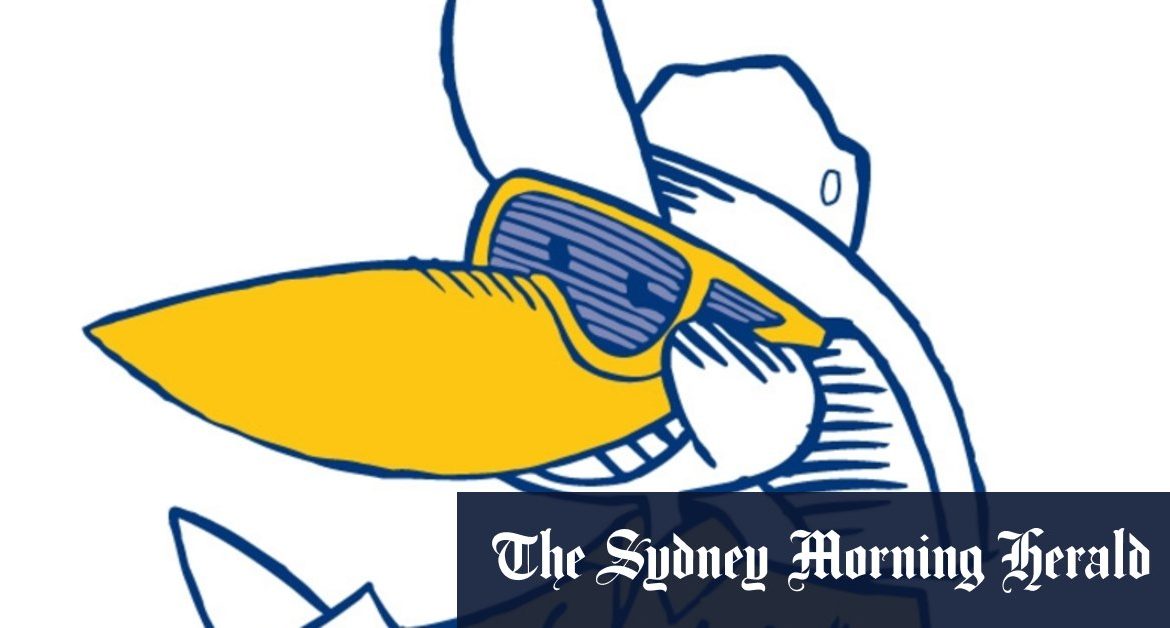“This exposure is largely preventable and is the biggest risk factor for skin cancer,” Cancer Council Queensland boss Chris McMillan said.
“To prevent sunburn and skin damage, Cancer Council Queensland recommends being sun-smart when UV levels reach three or above, by using multiple forms of protection – slip, slop, slap, seek and slide.”
UV levels reach three or above all year round in Queensland.
On Wednesday, the UV index was predicted to reach 13 (extreme), with sun protection recommended from 7.20am to 4pm.
The figures are listed deep in the Queensland budget’s service delivery statements that list a range of measurable targets or estimates for each state government department last financial year, and whether those targets were met.
That meant authorities listed a prediction, or target, that 54 per cent of Queenslanders would get sunburnt in the next year.
The data originated from a telephone survey of more than 12,000 people, and was published in a Chief Health Officer report.
The figures also showed more than one in five Queenslanders consumed alcohol at risky and high-risk levels last year and one in 10 smoked daily.
Only 8 per cent of Queenslanders ate the recommended amount of vegetables, 58 per cent did enough exercise and one-third of adults had a BMI in the normal weight category.
Ms McMillan said one-third of cancers could be prevented.
Loading
“Each year in Australia, more than 13,000 cancer deaths are due to smoking, excess sun exposure, unhealthy diet, alcohol, inadequate physical activity and being above a healthy weight,” she said.
“By making simple lifestyle choices, individuals can reduce their risk of developing cancer, including changes to their diet, alcohol consumption, weight, physical activity, smoking and sun exposure.”
During the state election campaign, Cancer Council Queensland called for a $3 million mass media skin cancer prevention campaign.
Felicity Caldwell is state political correspondent at the Brisbane Times
Most Viewed in National
Loading







